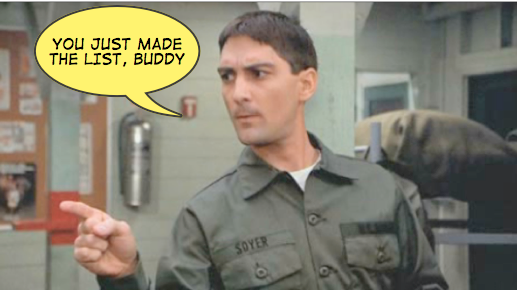WannFly
Final Approach
when the controller say "clear for the visual runway xx" and if the pilot determines that it will not be possible to maintain cloud clearance / visibility due to haze or whatever, what is the correct way to say "thanks, but no thanks, we will be flying the approach"?
i am guessing something like - negative, 21k requesting ILS to 18 with vectors to final, or something like 21k unable visual, request direct to <put FAF here>
i am guessing something like - negative, 21k requesting ILS to 18 with vectors to final, or something like 21k unable visual, request direct to <put FAF here>


